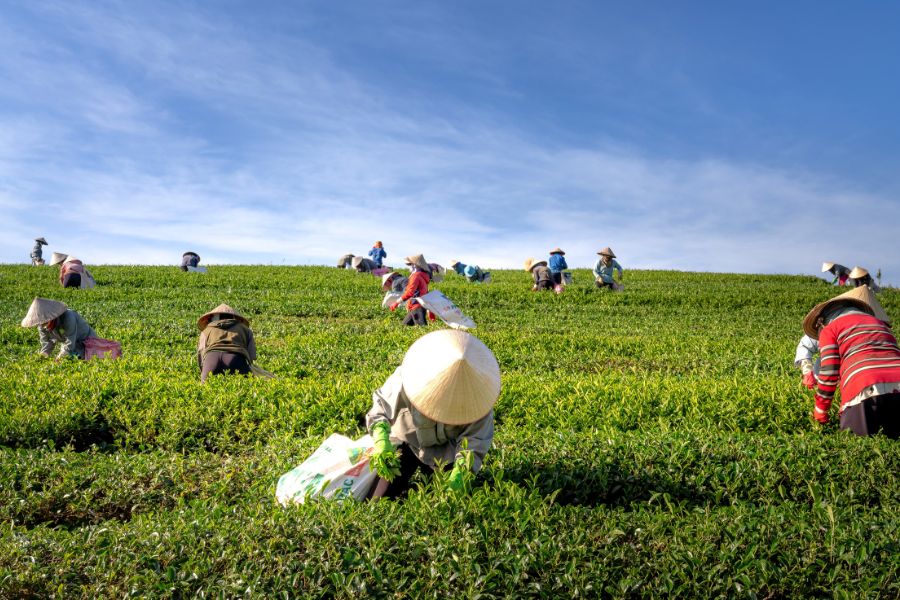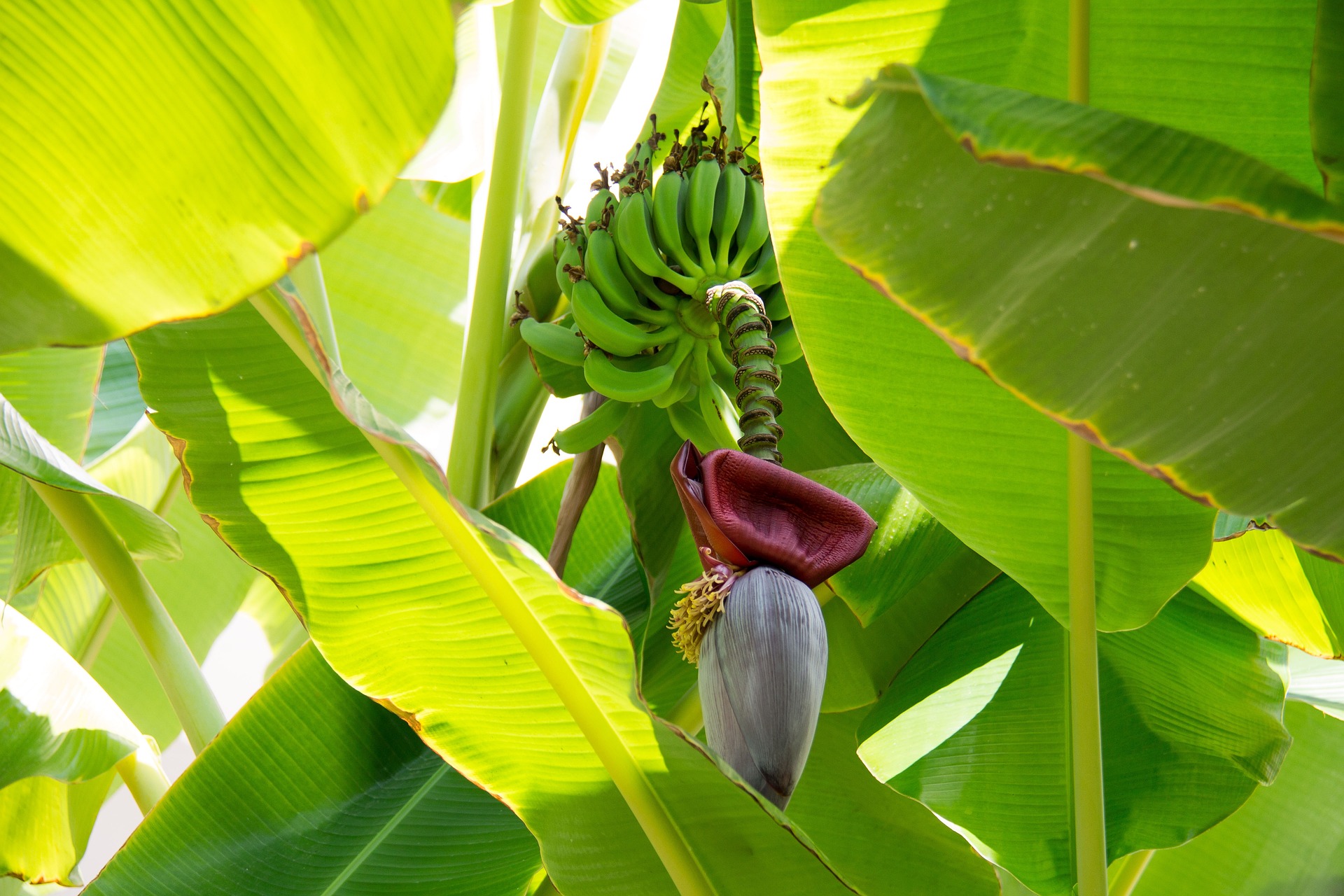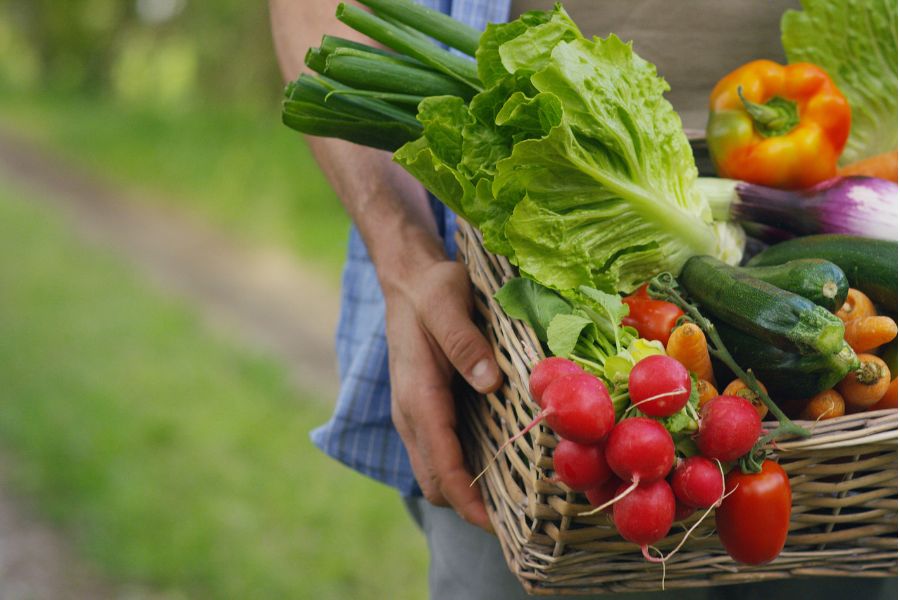Increase in MSP – a swift move towards farmer welfare
The central government has announced an increase in the Minimum Support Price (MSP) for Kharif crops during the marketing season 2023-24. The MSP has been raised by 5.3% to 10.35% across various crops with an aim to provide farmers with profitable prices for their agricultural produce.
- The MSP for common paddy has been set at INR 2,183 per quintal for 2023-24, which is a 7.01% increase from the previous year.
- The MSP for paddy-grade A has been announced at INR 2,203 per quintal, reflecting a 6.94% increase from the previous year.
- The MSP for Moong has been set at INR 8,558 per quintal for 2023-24, registering a 10.35% increase from the previous year.
- The increase in moong MSP is the highest among all kharif crops for which MSP has been announced.

Image Credit: Pexels
The MSP increase ranges from 5.3% to 10.35%, with moong witnessing the highest increase and urad the lowest among the crops. A decision of this effect was taken by the Cabinet Committee on Economic Affairs (CCEA), approving the hike as recommended by the Commission for Agricultural Costs and Prices.
Significance of MSP Increases in Multiple Crops
By increasing the MSP, the government intends to address the concerns of farmers regarding low prices and ensure that their efforts in cultivating these crops are adequately rewarded. The new MSP rates will likely encourage farmers to invest in Kharif crops and contribute to the overall growth and diversification of the agricultural sector.
The table outlines the measures in place:
| Crops | MSP 2022-23 | MSP 2023-24 | Increase % |
| Paddy -Common | 2040 | 2183 | 7.01% |
| Paddy-Grade A^ | 2060 | 2203 | 6.94% |
| Jowar-Hybrid | 2970 | 3180 | 7.07% |
| Jowar- Maldandi^ | 2990 | 3225 | 7.86% |
| Bajra | 2350 | 2500 | 6.38% |
| Ragi | 3578 | 3846 | 7.49% |
| Maize | 1962 | 2090 | 6.52% |
| Tur /Arhar | 6600 | 7000 | 6.06% |
| Moong | 7755 | 8558 | 10.35% |
| Urad | 6600 | 6950 | 5.30% |
| Groundnut | 5850 | 6377 | 9.01% |
| Sunflower Seed | 6400 | 6760 | 5.63% |
| Soybean (Yellow) | 4300 | 4600 | 6.98% |
| Sesamum | 7830 | 8635 | 10.28% |
| Nigerseed | 7287 | 7734 | 6.13% |
| Cotton (Medium Staple) | 6080 | 6620 | 8.88% |
| Cotton (Long Staple) ^ | 6380 | 7020 | 10.03% |
Source: Ministry of Agriculture & Farmers Welfare (Rs. per quintal)
- Moong has witnessed the highest increase in MSP, with a growth rate of 10.35%. The MSP has risen from INR 7755 in 2022-23 to INR 8558 in 2023-24, reflecting a substantial boost.
- Sesamum has witnessed a substantial increase of 10.28% in MSP, from INR 7,830 to INR 8,635.
- Cotton (Long Staple) has experienced a noteworthy increase in MSP of 10.03%. The price has elevated from 6380 to 7020, displaying significant growth.
- Ragi has seen a 7.49% increase in MSP. The price has risen from 3578 to 3846, indicating a considerable increment.
- Paddy – Grade A has observed a growth rate of 6.94%, with the MSP increasing from 2060 to 2203.
- Jowar-Maldandi has experienced a growth rate of 7.86%. The MSP has elevated from 2990 to 3225, reflecting substantial growth.
- Jowar-Hybrid has seen an increase of 7.07% in MSP. The price has risen from 2970 to 3180, indicating a significant boost.
- Cotton (Medium Staple) has observed an 8.88% increase in MSP. The price has risen from 6080 to 6620, displaying significant growth.
How it is going to benefit farmers?
The government’s decision to raise the MSP is aimed at guaranteeing favourable prices. The hike in MSP is expected to benefit farmers and fulfil the commitment made in the Union Budget 2018-19.
In the budget, it was mentioned that the MSP should be set at a minimum of 1.5 times the average cost of production, aiming to provide fair compensation to farmers. Based on estimates, the expected profit margin for farmers, compared to their production costs, will be highest for Bajra at 82%, followed by tur at 58%, soybean at 52%, and urad at 51%. For the remaining crops, the estimated profit margin for farmers will be at least 50% above their production costs.
The government has been actively encouraging farmers to cultivate crops beyond cereals, including pulses, oilseeds, and Nutri-cereals/Shree Anna. This has been accomplished by providing a higher Minimum Support Price (MSP) for these crops.
Moreover, the government has introduced several schemes and initiatives like the Rashtriya Krishi Vikas Yojana (RKVY) and the National Food Security Mission (NFSM) to promote crop diversification among farmers.
Final word
This is indeed a positive step towards addressing the concerns of farmers. The increase in Minimum Support Price (MSP) for kharif crops during the 2022-23 marketing season ranged from 4.44% to 8.86%. The higher hike in MSP for Kharif crops in the upcoming 2023-24 season holds significance as it occurs several months before the General Election scheduled for next year.
This increase reflects the government’s efforts to provide better remuneration to farmers and incentivize agricultural production.













Leave a comment